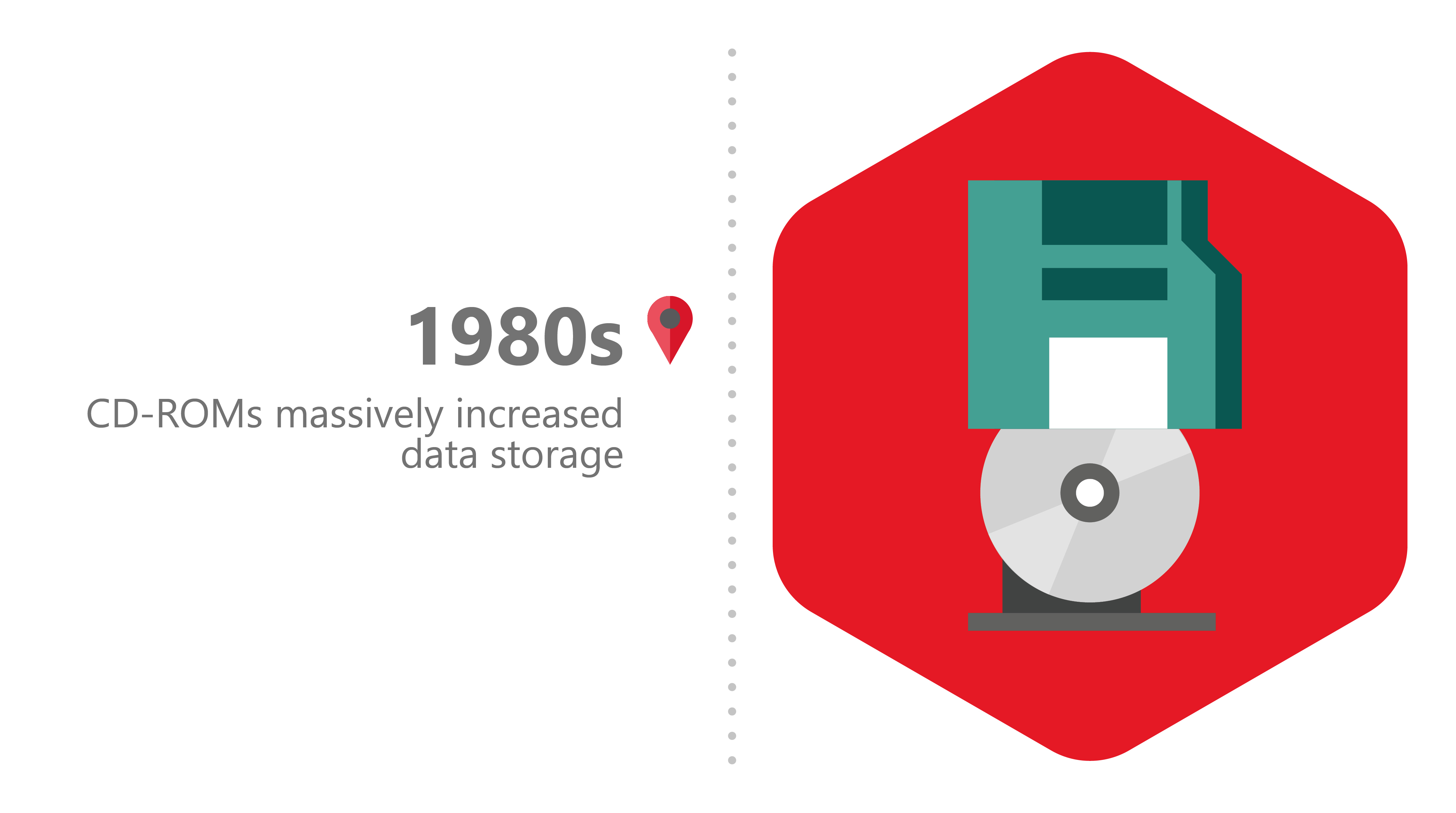
The history and evolution of data storage and organization
The Sumerians invented cuneiform writing to keep a record. Aside from religious texts, for most of human history writing was about record keeping, making laws and issuing proclamations.
But once economies became more structured, more organized and more industrialized, there was an explosion in the volume of data being generated. As paperwork grew it took up more and more space. Over time, retrieving information from them became increasingly challenging.
Enter Edwin Seibels, the man credited with inventing the vertical filing cabinet.
Seibels was an insurance agent from South Carolina who lost patience with the convoluted and inefficient way in which information regarding the policies he sold was kept. So he created a vertical filing system stored in a wooden box. With papers stored flat, on end, and in labelled files, keeping records together and accessible was suddenly as simple as it could be.
The filing cabinet was revolutionary. And it remained a constant feature on the office landscape for more than 100 years.
Today, it’s thought almost 300 billion emails are sent every day and the total amount of data created will reach 44 zettabytes (ZB) by next year. And instead of filing cabinets, it all finds its home in the cloud.









